
ALCOHOL, TOBACCO & DRUG USE
Alcohol can be harmful to the health and well-being of those that drink as well as their families, friends, and communities when consumed in excess. Drug abuse and/or misuse whether prescription, over-the-counter or illicit can have significant negative impacts on one’s health as well as negatively impact their families, friends, and communities. Tobacco use is the leading cause of preventable death in the United States. Kentucky has a long history with Tobacco including its use as well as a source of income for many families. Despite the known negative health consequences and effects on life outcomes, many still use tobacco regularly.
Carroll County
Less than a quarter of respondents in Carroll County report consuming alcohol and less than 1% report using drugs recreationally. As a result of the limited number of respondents confirming recreational drug use, data are too limited to report by county. As a District, however, marijuana is the drug most often used for recreational drug use followed closely by prescription pills. Within the four-county District, more than 69% of those treated for substance dependency were treated only once, 18.4% twice, and 12.2% more than 2 times, (n=49). Of those, 57% were enrolled in short-term treatment programs. More than 2% of respondents in Carroll County reported having received substance dependency treatment at least once. It is important to acknowledge that substance dependency includes nicotine which is found in tobacco products.


More than 28% of respondents in Carroll County report use of tobacco products in one form or another. Of those nearly 82% are female and 18% are male. This disparity is likely attributed to the significance of the weight of survey participants in Carroll County responding as female, 88%. It is, however, worth further investigation to assess if the disparity may be indicative of a more inconspicuous underlying health statistic that could be addressed with targeted interventions and education for that population.


As people of varying ages utilize different communication methods and mediums it is important to be aware of these varying age groups for the development of targeted programs and interventions. This allows the intervention/program to take age into consideration when developing advertising, promoting education, and enlisting enrollment in cessation programs. In doing so, advertising and program delivery can be designed in a manner that appeals to specific age groups with a variety of delivery modes, thereby allowing us to successfully reach all age groups using tobacco in one form or another.
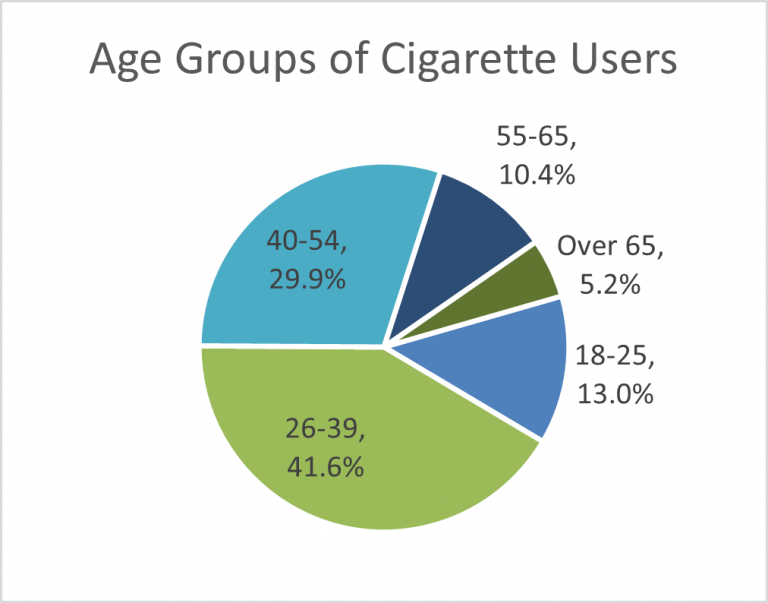
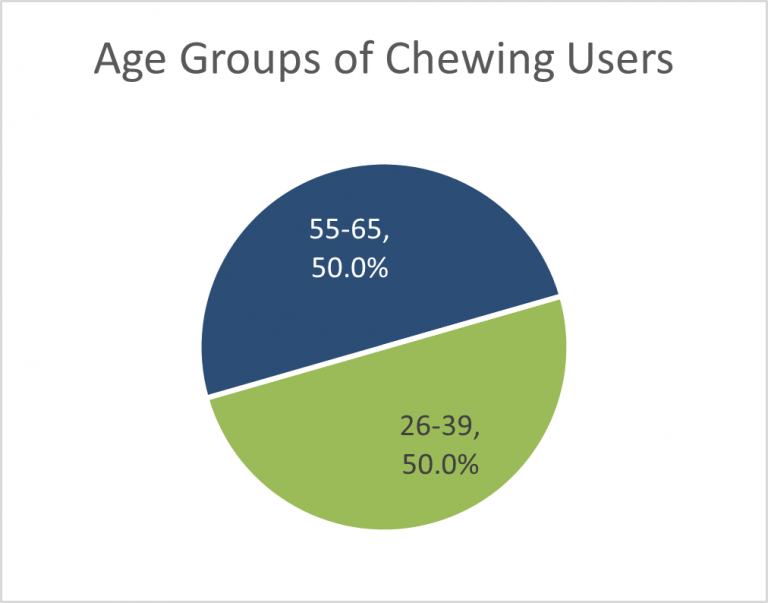
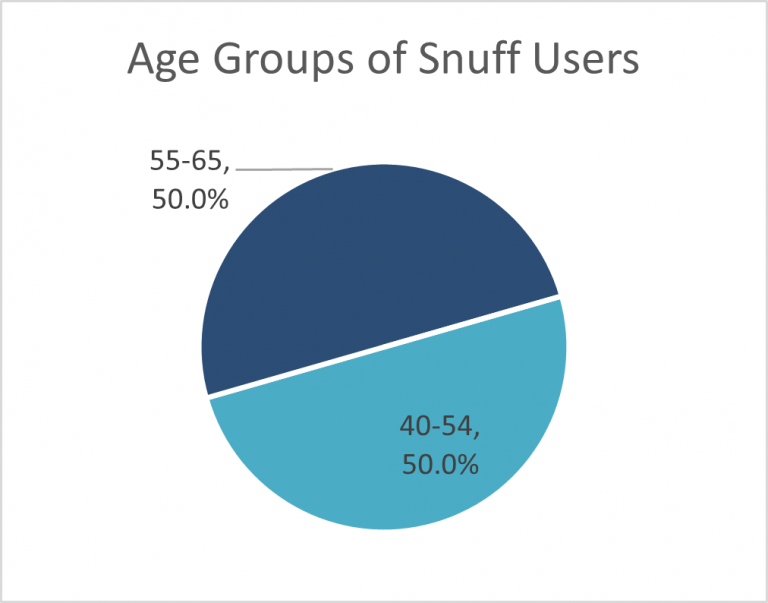
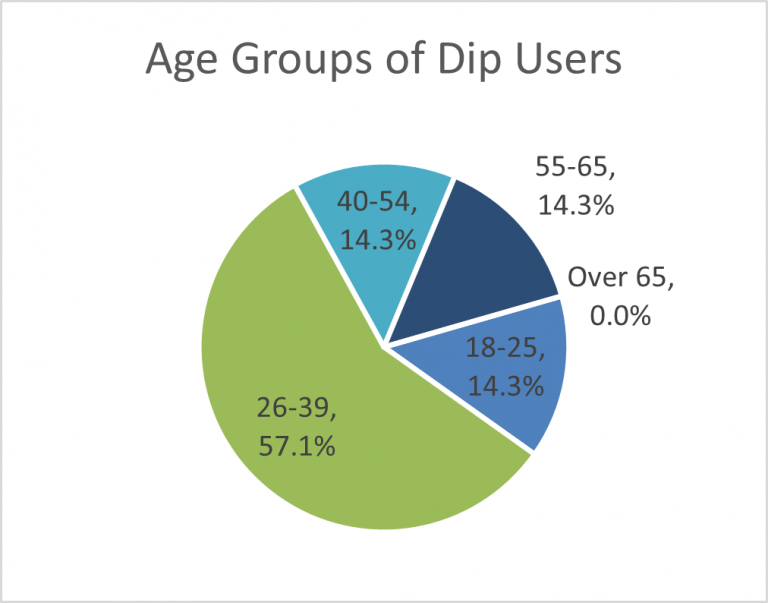
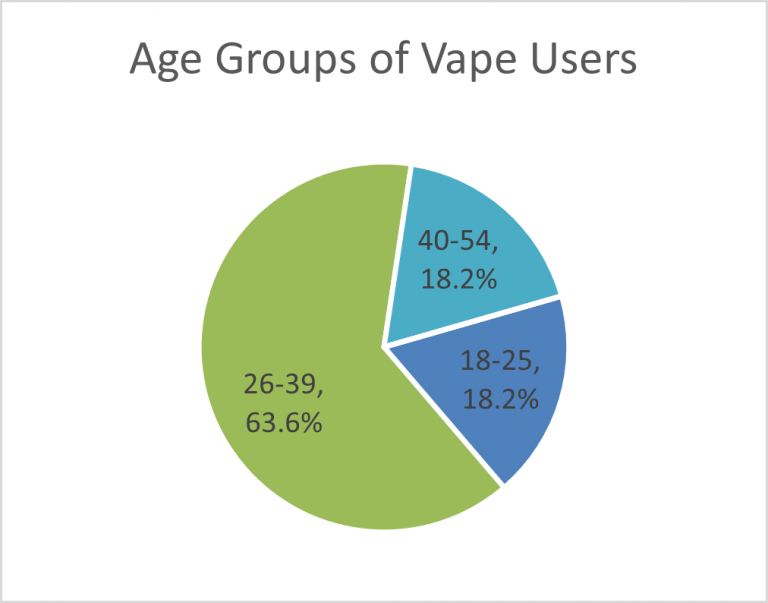
Disposing of unused and expired medication improperly can be both an environmental hazard as well as a hazard to other persons. Without appropriate disposal, drugs can contaminate water supplies as well as become a hazard for others who come into contact or ingest expired and unused medications.

Gallatin County
More than 28% of respondents in Gallatin County report consuming alcohol and 2.5% report using drugs recreationally. As a result of the limited number of respondents confirming recreational drug use, data are too limited to report by county. As a District, however, marijuana is the drug most often used for recreational drug use followed closely by prescription pills. Within the four-county District, more than 69% of those treated for substance dependency were treated only once, 18.4% twice, and 12.2% more than 2 times, (n=49). Of those, 57% were enrolled in short term treatment programs. More than 3% of respondents in Gallatin County reported having received substance dependency treatment at least once. It is important to acknowledge that substance dependency includes nicotine which is found in tobacco products.


More than 32% of respondents in Gallatin County report use of tobacco products in one form or another. Of those nearly 84% are female and 13% are male. This disparity is likely attributed to the significance of the weight of survey participants in Gallatin County responding as female, 85.6%. It is, however, worth further investigation to assess if the disparity may be indicative of a more inconspicuous underlying health statistic that could be addressed with targeted interventions and education for that population.


As people of varying ages utilize different communication methods and mediums it is important to be aware of these varying age groups for the development of targeted programs and interventions. This allows the intervention/program to take age into consideration when developing advertising, promoting education, and enlisting enrollment in cessation programs. In doing so, advertising and program delivery can be designed in a manner that appeals to specific age groups with a variety of delivery modes, thereby allowing us to successfully reach all age groups using tobacco in one form or another.
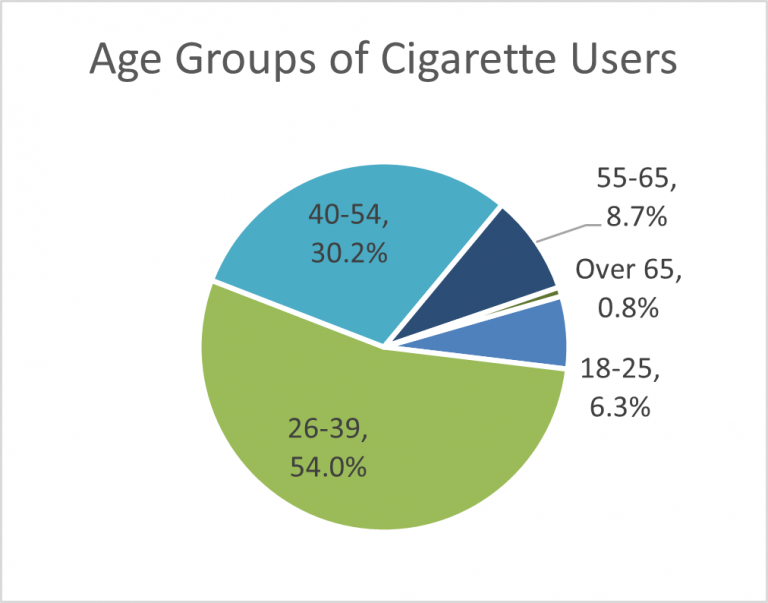
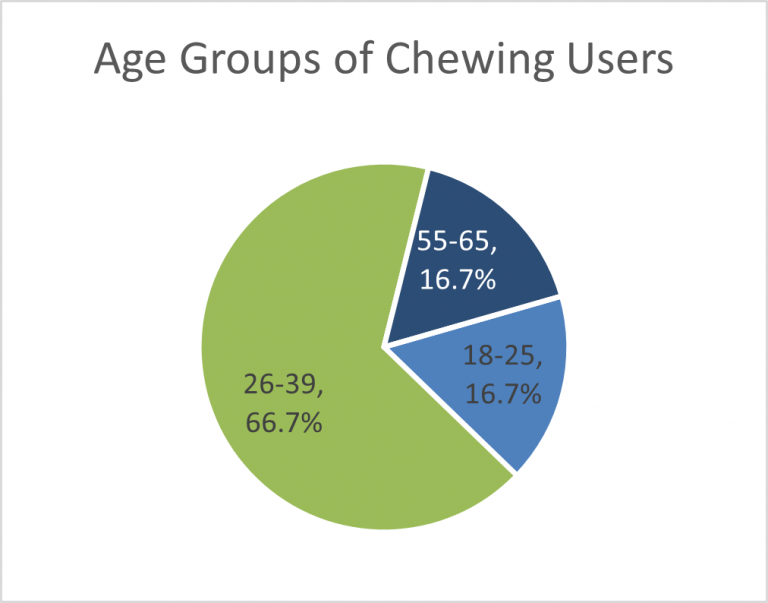
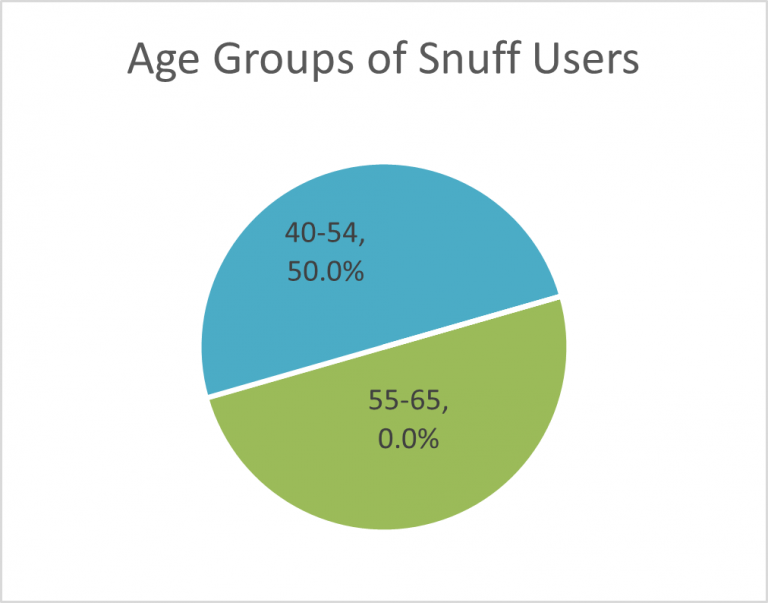
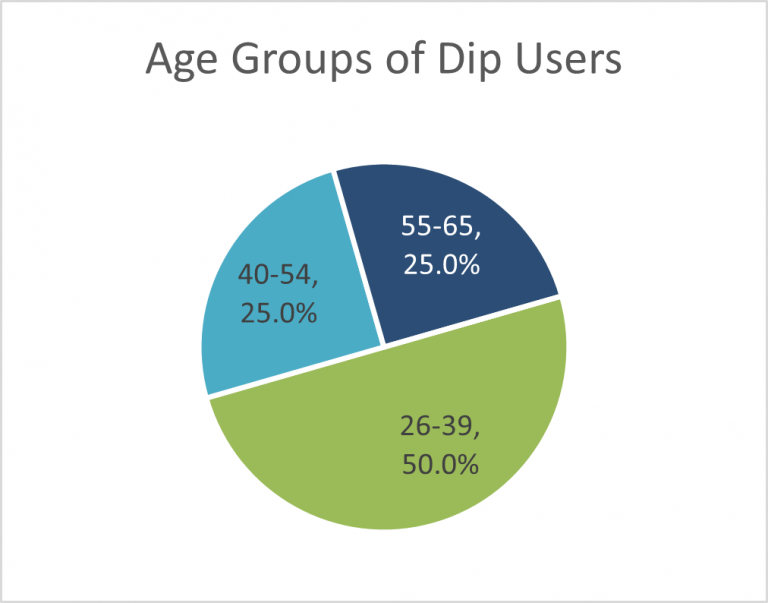
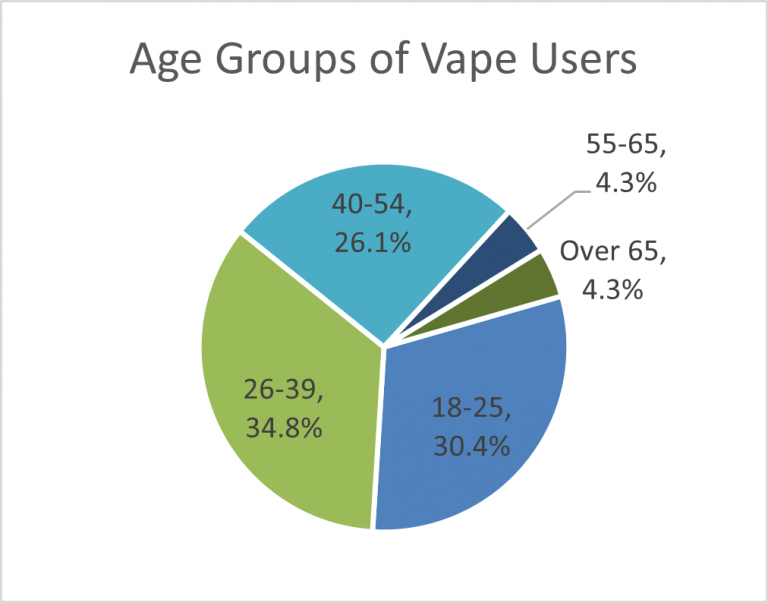
Disposing of unused and expired medication improperly can be both an environmental hazard as well as a hazard to other persons. Without appropriate disposal, drugs can contaminate water supplies as well as become a hazard for others who come into contact or ingest expired and unused medications.

Owen County
More than 28% of respondents in Owen County report consuming alcohol and 2.5% report using drugs recreationally. As a result of the limited number of respondents confirming recreational drug use, data are too limited to report by county. As a District, however, marijuana is the drug most often used for recreational drug use followed closely by prescription pills. Within the four-county District, more than 69% of those treated for substance dependency were treated only once, 18.4% twice, and 12.2% more than 2 times, (n=49). Of those, 57% were enrolled in short-term treatment programs. Less than 2% of respondents in Owen County reported having received substance dependency treatment at least once. It is important to acknowledge that substance dependency includes nicotine which is found in tobacco products.


More than 17% of respondents in Owen County report the use of tobacco products in one form or another. Of those nearly 92% are female and 8% are male. This disparity is likely attributed to the significance of the weight of survey participants in Owen County responding as female, 82.9%. It is, however, worth further investigation to assess if the disparity may be indicative of a more inconspicuous underlying health statistic that could be addressed with targeted interventions and education for that population.


As people of varying ages utilize different communication methods and mediums it is important to be aware of these varying age groups for the development of targeted programs and interventions. This allows the intervention/program to take age into consideration when developing advertising, promoting education, and enlisting enrollment in cessation programs. In doing so, advertising and program delivery can be designed in a manner that appeals to specific age groups with a variety of delivery modes, thereby allowing us to successfully reach all age groups using tobacco in one form or another.
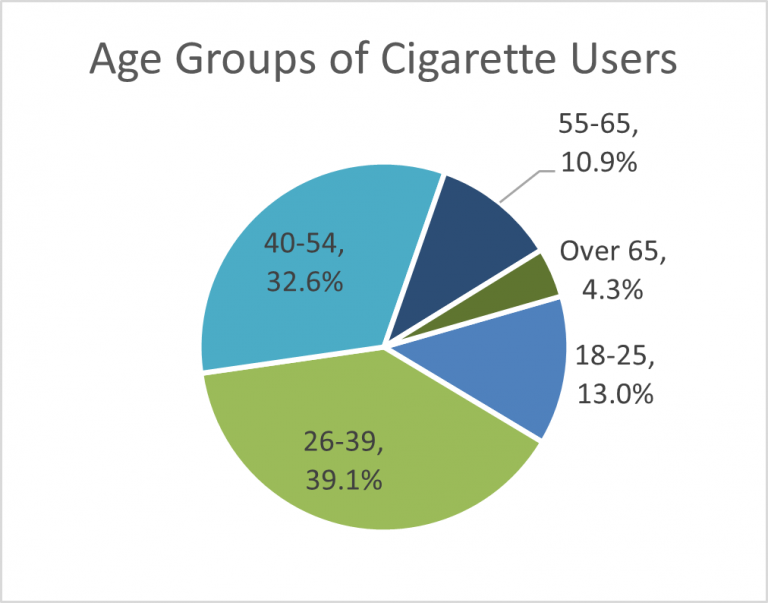
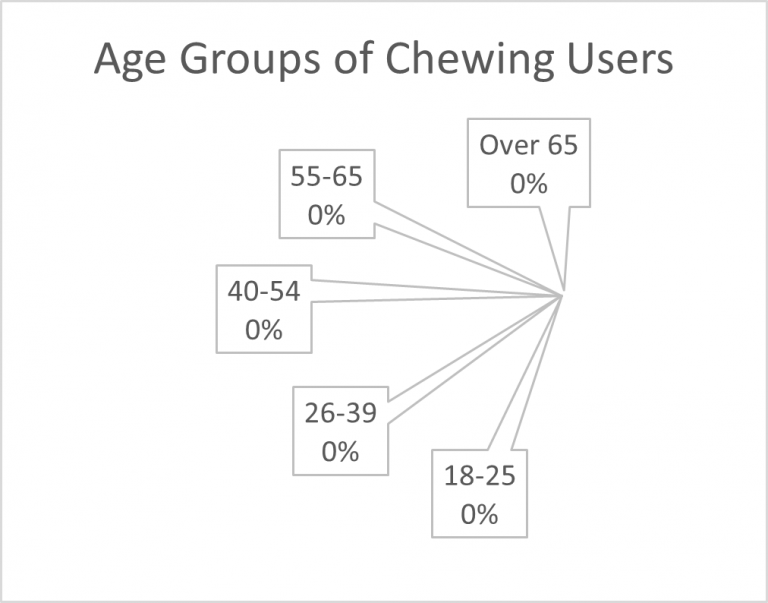
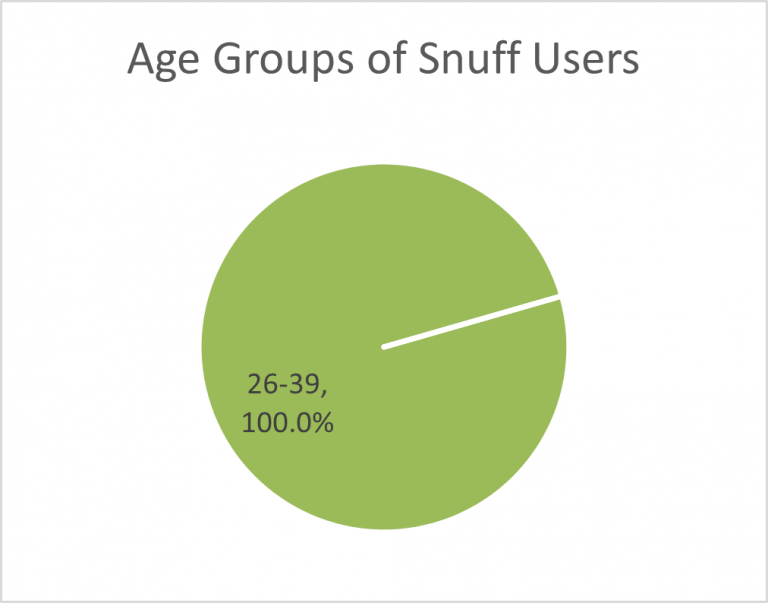
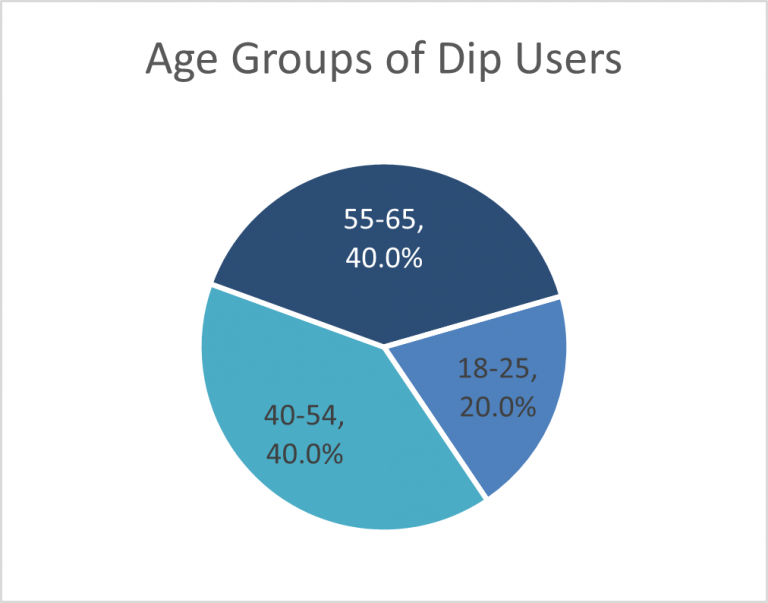
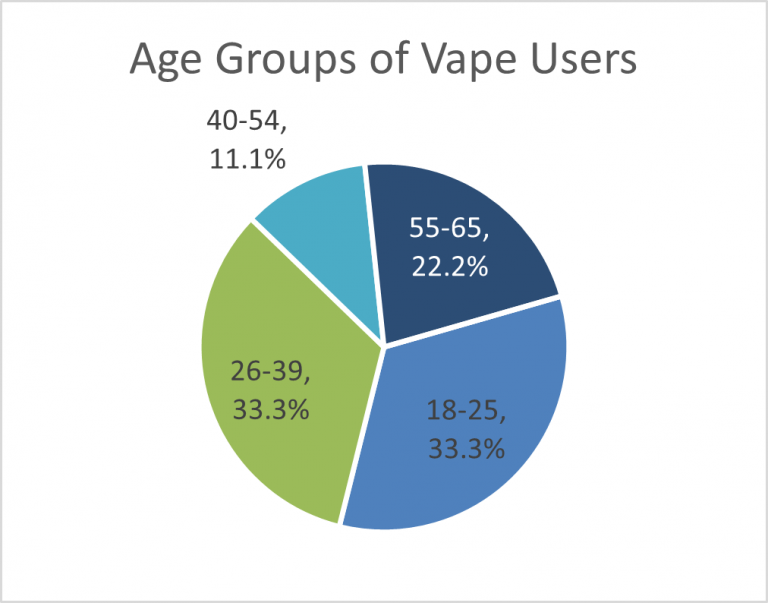
Disposing of unused and expired medication improperly can be both an environmental hazard as well as a hazard to other persons. Without appropriate disposal, drugs can contaminate water supplies as well as become a hazard for others who come into contact with or ingest expired and unused medications.

Pendleton County
More than 28% of respondents in Pendleton County report consuming alcohol and 2.5% report using drugs recreationally. As a result of the limited number of respondents confirming recreational drug use, data are too limited to report by county. As a District, however, marijuana is the drug most often used for recreational drug use followed closely by prescription pills. Within the four-county District, more than 69% of those treated for substance dependency were treated only once, 18.4% twice, and 12.2% more than 2 times, (n=49). Of those, 57% were enrolled in short-term treatment programs. More than 5% of respondents in Pendleton County reported having received substance dependency treatment at least once. It is important to acknowledge that substance dependency includes nicotine which is found in tobacco products.


More than 34% of respondents in Pendleton County report the use of tobacco products in one form or another. Of those nearly 86% are female and 14% are male. This disparity is likely attributed to the significance of the weight of survey participants in Pendleton County responding as female, 87.6%. It is, however, worth further investigation to assess if the disparity may be indicative of a more inconspicuous underlying health statistic that could be addressed with targeted interventions and education for that population.


As people of varying ages utilize different communication methods and mediums it is important to be aware of these varying age groups for the development of targeted programs and interventions. This allows the intervention/program to take age into consideration when developing advertising, promoting education, and enlisting enrollment in cessation programs. In doing so, advertising and program delivery can be designed in a manner that appeals to specific age groups with a variety of delivery modes, thereby allowing us to successfully reach all age groups using tobacco in one form or another.
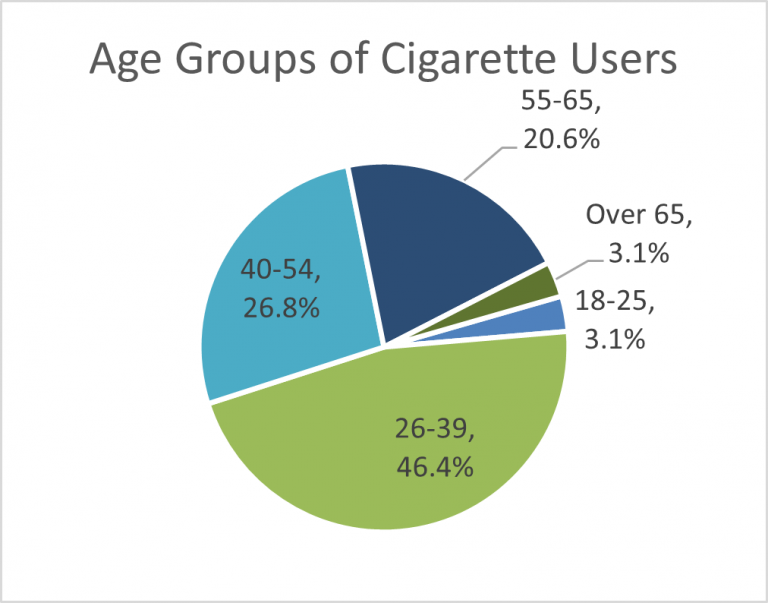
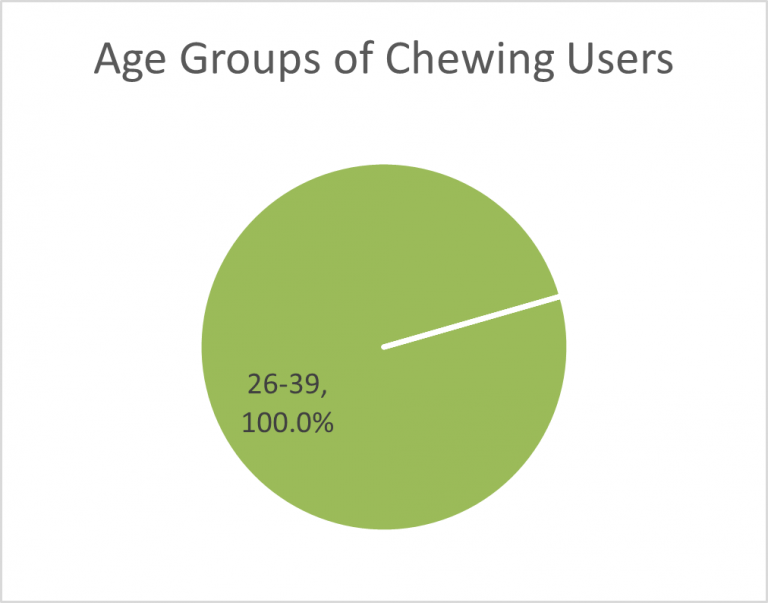
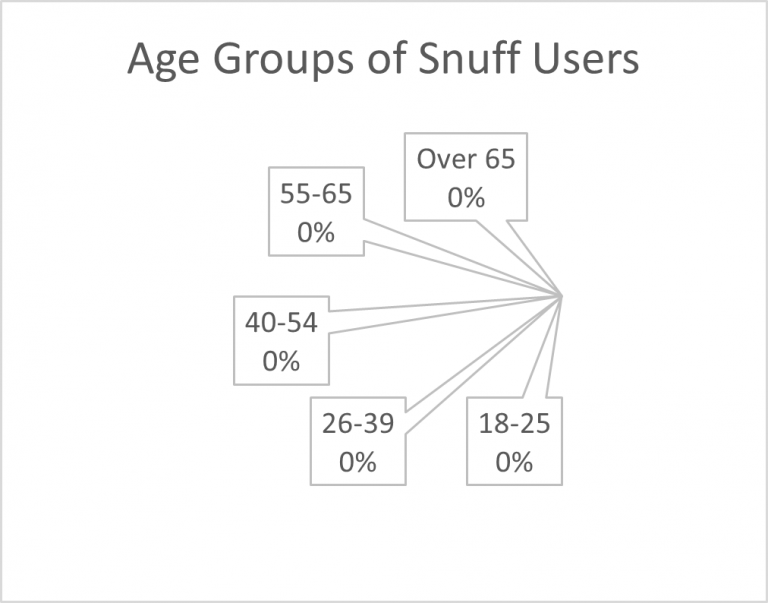
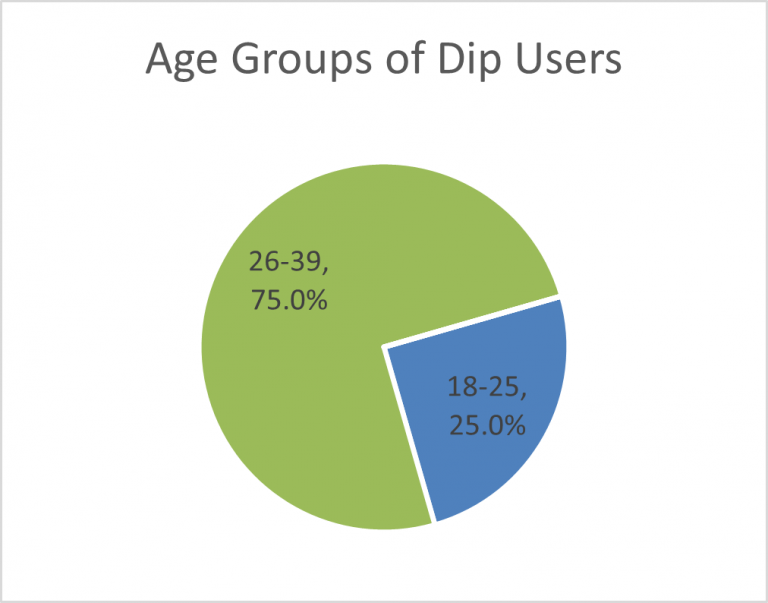
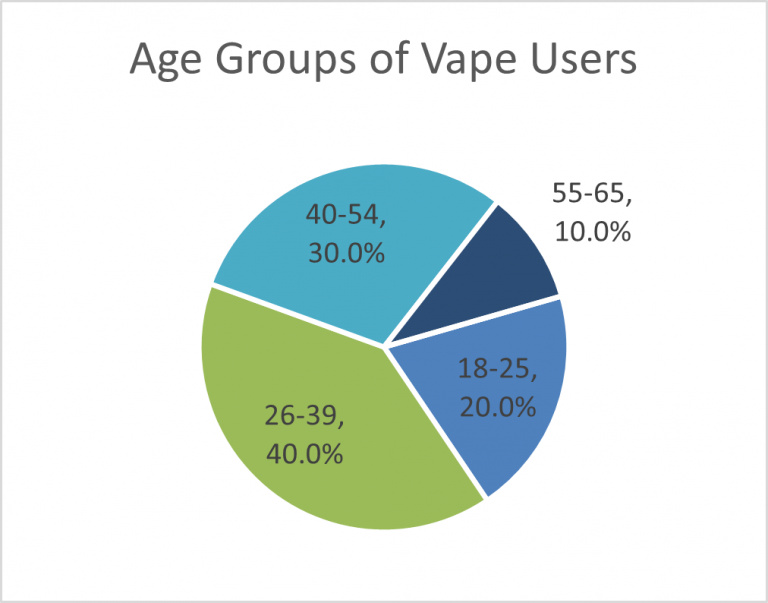
Disposing of unused and expired medication improperly can be both an environmental hazard as well as a hazard to other persons. Without appropriate disposal, drugs can contaminate water supplies as well as become a hazard for others who come into contact or ingest expired and unused medications.
